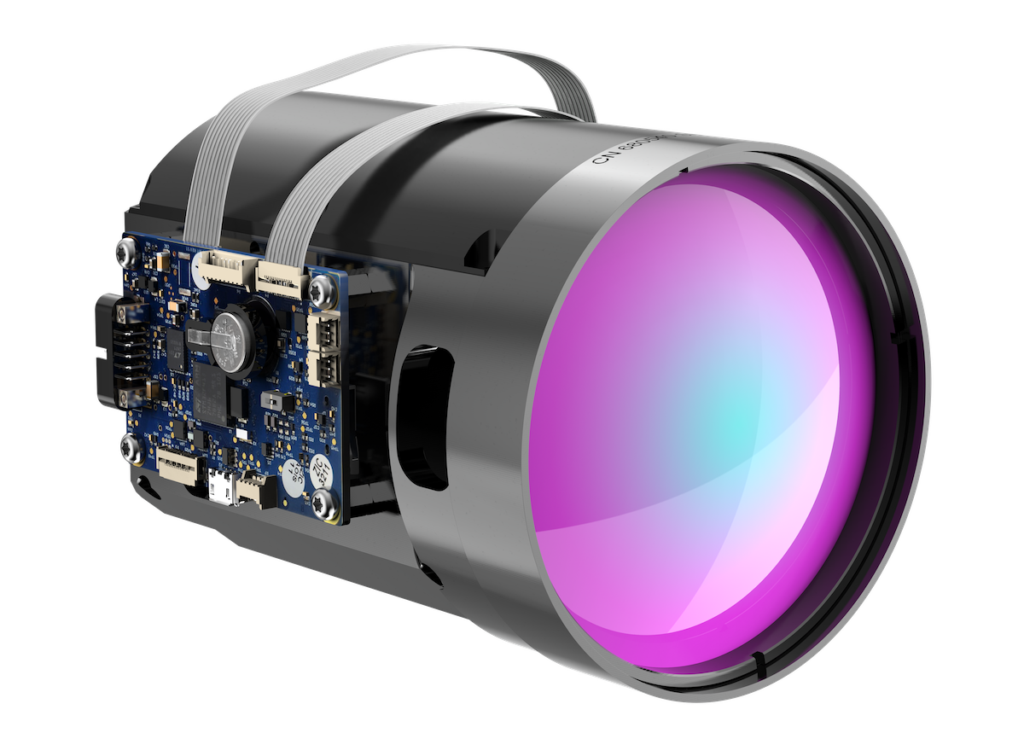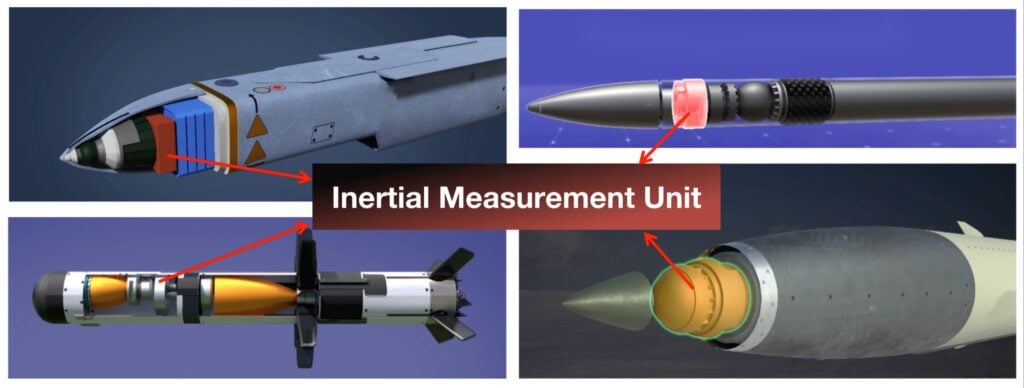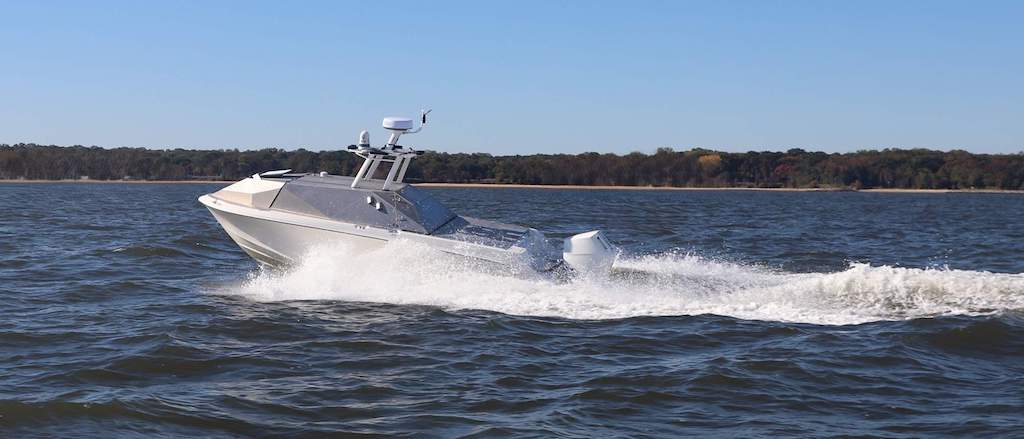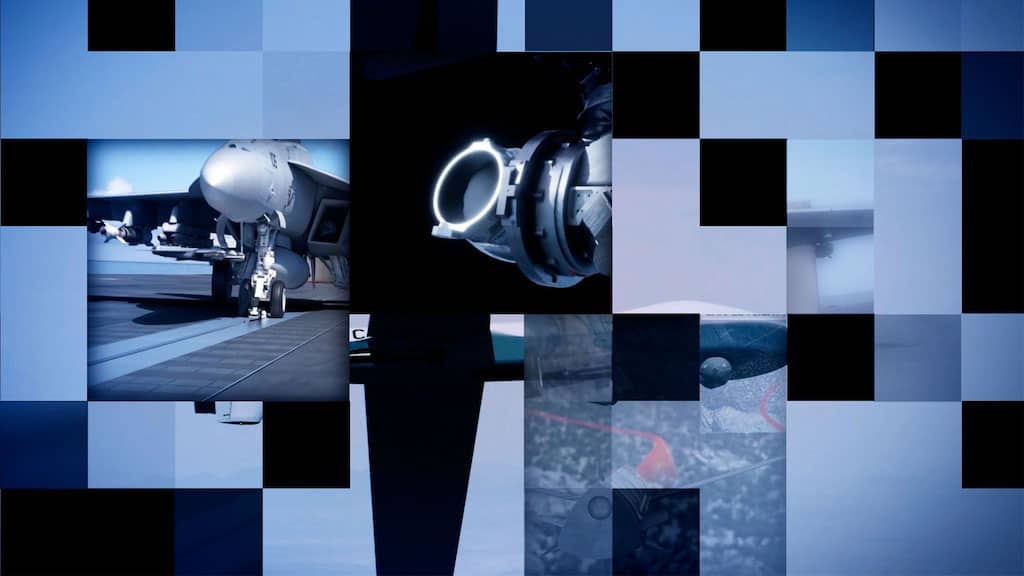
Discover Leading Defense Technology Solutions
Discover cutting-edge solutions from leading global suppliers
A team of U.S. Army and academic researchers developed a novel design to automatically adjust aircraft rotor blade positions while already in-flight, a tactic that could improve turbine engine performance.
Researchers from the U.S. Army Combat Capabilities Development Command, now known as DEVCOM, Army Research Laboratory, used Army supercomputers to conduct coupled computational fluid dynamics and surrogate model analysis to develop new variable speed concepts, particularly during dynamic movements.
This discovery could improve performance of Army helicopters and other machinery using turbine engines such as turboshaft, turbofan or turbojet powered aviation vehicles across the DOD and the civilian sectors, as well as power plant designs.
“Today’s gas turbine engines are optimized to produce peak performance at a single design speed with fixed blade geometries for a specific operating condition,” said Army aerospace engineering researcher Dr. Luis Bravo. “This limitation creates drastic performance losses when operating away from the optimal design point, such as during take-off or landing, or when conducting sudden manoeuvring. The variable speed concept improves performance by maintaining blade aerodynamic efficiency within the optimum range at all operating conditions.”
The research team demonstrated their simulation framework through the modeling, analysis, and optimization of an Army rotorcraft gas-turbine engine, such as the T-700 engine powering Apache and Black Hawk rotorcraft.
The team studied the aerodynamics in an annular high pressure turbine rig using active flow control methods on the rotor blades that allowed precise adjustments of the throat area. The team also examined typical rotorcraft cruising conditions, specifically by determining the stator- and rotor-blade optimal positions during design and off-design engine operations, at 50%, 75% and 100% of the rotor speed. Using the proposed framework, the researchers gained significant improvements of 6.1% for the turbine efficiency and up to 49% for the shaft output power. These results are critical to extending variable speed engine concepts that provide more power while reducing operating costs for turbine powered vertical lift vehicles.
Dr. Anindya Ghoshal of ARL, said: “ARL is taking these self-adjusting engine concepts to develop a futuristic convertible engine concept that will enable future Army aviation systems to go supersonic or transonic at cruise, while enabling highly efficient hover.”
The research team plans to continue this work by developing an experimental prototype and extending this methodology to multi-stage engines, and investigating the benefits of active flow control in coupled pulsed combustor designs. The research team will continue to disseminate their results to Army aviation communities to inform current platforms and future development and modernization efforts.
A patent application on the Army’s concept of self-adjusting flow-incidence tolerant blade design is with the U.S. patent office.
























